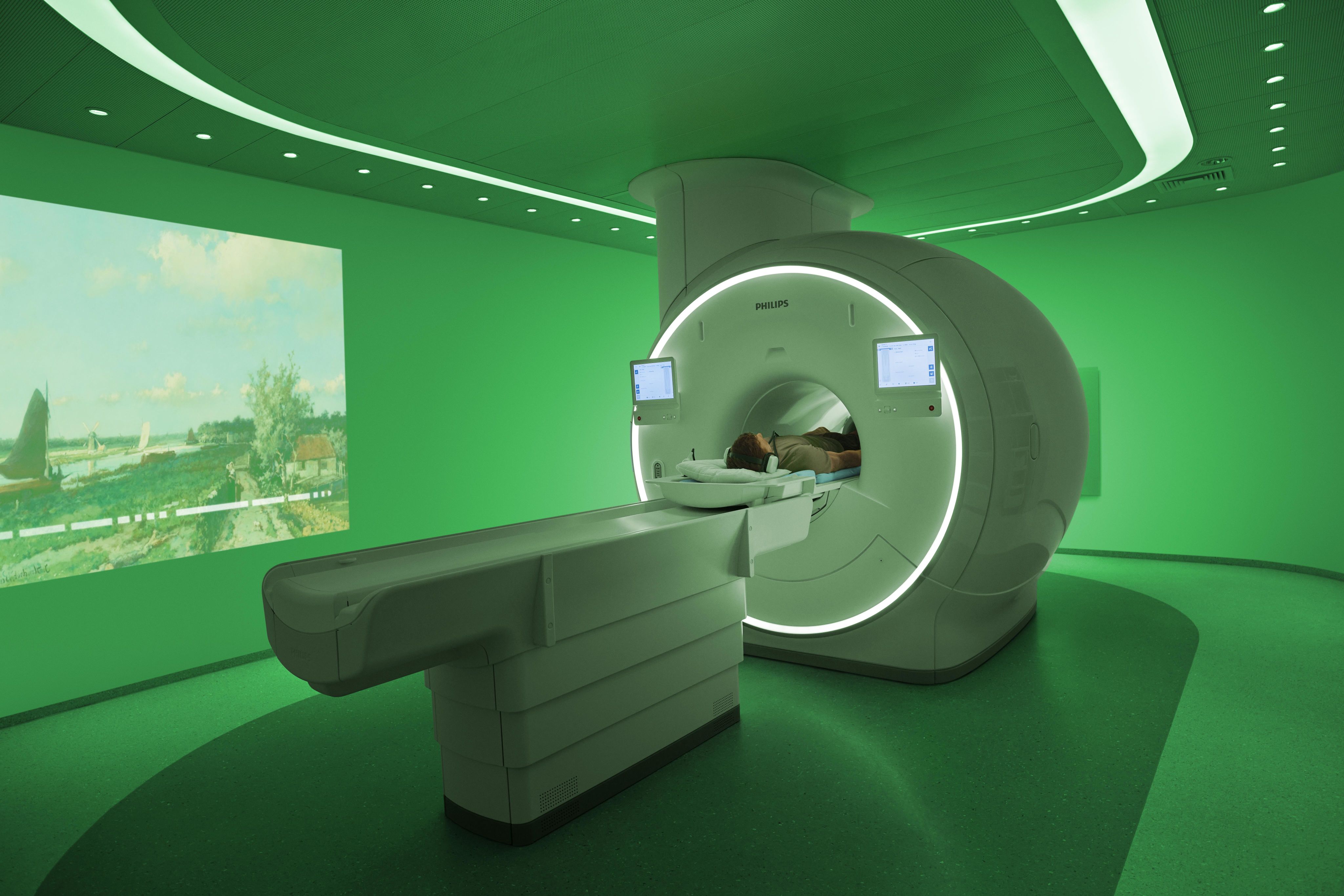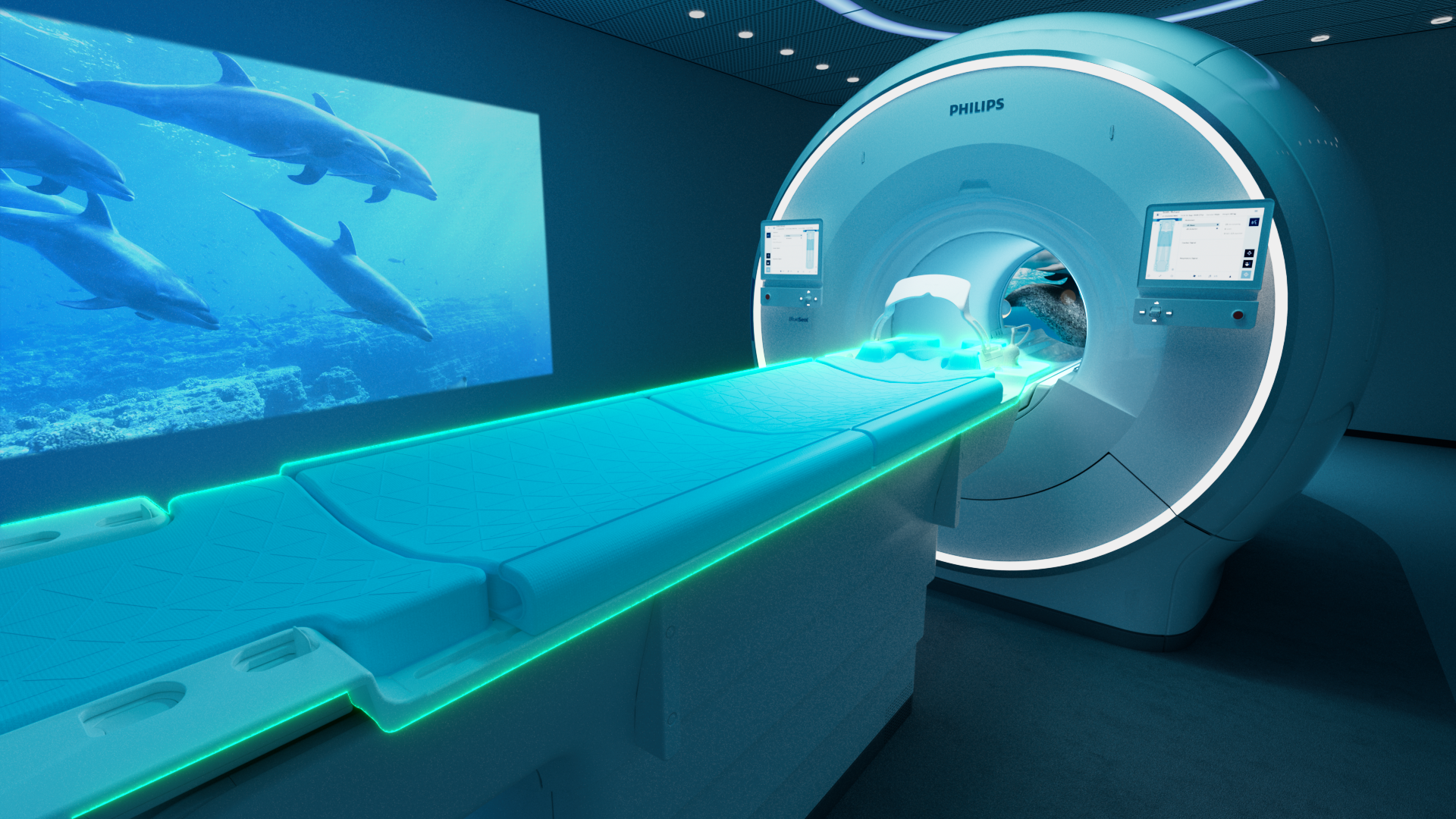Sustainability in healthcare: a duty and opportunity for NHS imaging professionals
Healthcare globally contributes significantly to environmental problems, but innovative solutions can help reduce the impact

Sustainability in healthcare: a duty and opportunity for NHS imaging professionals
Healthcare globally contributes significantly to environmental problems, but innovative solutions can help reduce the impact

Sponsored article from Philips
The world faces urgent financial, environmental and social challenges. The traditional economic model is under strain from climate change, resource depletion and biodiversity loss, affecting millions worldwide. At the same time the NHS is now facing a major shake-up in structure. This pressing situation calls for a critical reassessment of the healthcare industry, which plays a significant role in these issues.
Healthcare, crucial for societal wellbeing, also contributes significantly to environmental problems. Globally, the healthcare industry accounts for approximately 4.4% of carbon emissions, with the figure rising to 5.4% in the UK,1 surpassing emissions from aviation and shipping. Moreover, healthcare consumes 10% of all materials used globally each year,2 with each NHS hospital bed generating an average of 13kg of waste daily.3
The way we consume material continues to create significant environmental and health challenges. We currently consume 1.7 planets’ worth of resources every year,4 of which 90% will go to waste.5 Ignoring the climate and health impacts, this factor alone is a driver for change. Simultaneously, half of the world’s population lacks access to fundamental health services, emphasising the urgency to address the dual crises of healthcare accessibility and environmental sustainability.
The intrinsic link between environmental health and human health is well established. A healthier planet directly contributes to better health outcomes. The NHS and its suppliers play a pivotal role in driving systemic change toward sustainable and equitable patient care.
In October 2020, the NHS became the world’s first health service to commit to achieving net zero emissions by 2045. In just one year from making that courageous commitment, the NHS had significantly reduced its emissions, to the equivalent of powering 1.1 million homes annually.
Philips BlueSeal visual system with Ambient Experience for patient comfort
Philips BlueSeal visual system with Ambient Experience for patient comfort
However, the pressures of an NHS restructure – alongside the struggle of trusts to fund capital expenditure choices, torn between rebuilding decaying infrastructure and investing in much-needed scanner technology – will be challenging if we are to keep the vital net zero agenda on track.
Here, innovative solutions using circular economy-style agreements come into play, moving away from traditional upfront capital purchase agreements.
Services such as monitoring-as-a-service enable trusts to develop long-term relationships with industry, based on shared accountability and risk, providing scalable and sustainable solutions for patient monitoring.
Pay-as-you-use solutions allow for access to new scanning equipment and support services, such as on-site support personnel, building works and service upgrades over longer term agreements.
Ultimately moving away from the old linear purchasing cycles, where we take resources out of the ground, create products that are then sold to one consumer who then sends the product to landfill when the use phase is complete, is a vital change requirement in the transition to a more modern sustainable healthcare system.
Key impact drivers in sustainable healthcare for the NHS will encompass innovation, operations and the entire value chain of suppliers and customers. These drivers include:
- Innovation and energy efficiency: emphasising energy efficient design in new products.
- Circular products and solutions: refurbished equipment has a much lower carbon footprint compared to a new system. It looks the same cosmetically, comes with all the same warranties and functions of new systems, but provides significant cost savings and reduces landfill. The opportunity of flexible financing to maintain equipment viability and advocating value-based purchasing decisions can also improve longevity of equipment.
- Smart digital solutions: integrating data and AI can deliver smarter, connected health solutions. The emotional and physical challenges of staffing shortages and restructure will remain for the foreseeable future. AI will play a vital part in allowing staff to do more with less. In the move to increased community-led solutions of care, digital connectivity will play a vital link between patient recovery and care provider.
- Waste reduction: implementing EcoDesign principles to minimise waste and use of scarce materials. Treating waste as a resource and not something to be thrown away or incinerated.
- Supply chain decarbonisation: continuing to engage with suppliers and industry to reduce CO₂ emissions. Partnering on solutions that achieve our net zero targets.
- Optimising care pathways: investing in prevention, precision diagnosis and minimally invasive therapies.
As a purpose-driven leader in health technology, Philips is committed to improving health and wellbeing through meaningful innovation. The company strives to enhance healthcare outcomes while fostering accessibility, inclusivity, connectivity and sustainability. Aligned with the NHS’s goal of achieving net zero emissions by at least 2045, it designs technologies to strengthen global health systems and works towards universal health coverage by 2030. Sustainable innovation lies at the heart of its mission, as demonstrated by the development of the BlueSeal MRI magnet, which contains only 0.5% of the helium typically used in a ZBO (zero boil off) system in the industry, sealed inside during production, significantly reducing the consumption of this scarce and costly resource.
Philips BlueSeal visual system with Ambient Experience for patient comfort.
Philips BlueSeal visual system with Ambient Experience for patient comfort.
Employees play a vital role in achieving sustainability goals. Cultivating a culture of collaboration, innovation and sustainability - integrated into every action and procedure - is crucial in combatting the effects of climate change on health. The support and engagement of senior leadership, along with the passion of employees and the broader industry, have been instrumental in advancing the Net Zero agenda. Sharing and embracing best practices is one of the most effective ways to drive meaningful change. For instance, hospitals that actively power off systems at the end of each day have seen impressive results. This simple action not only significantly reduces carbon footprints, but also lowers costs.6
For the NHS and industry, sustainability remains a crucial driver. Healthcare leaders increasingly recognise the vital role environmental responsibility plays in delivering accessible, inclusive, connected and sustainable healthcare. The path forward requires continuous innovation, cross-industry collaboration and integrating sustainable practices across all operational levels.
Advancements in the healthcare industry highlight the need to shift mindsets and behaviours to build a sustainable future. Governments, regulators, investors, businesses and healthcare professionals all have the power to drive meaningful progress toward a greener, healthier world, despite the current challenges facing the NHS. Together we can create a healthier planet and in turn improve our health outcomes.
References
1. Health Care Without Harm (Global). Health Care Climate Footprint Report. Available from: global.noharm.org/resources/health-care-climate-footprint-report
2. Circular Economy – Circularity Gap Report 2020 . Available from: https://pacecircular.org/sites/default/files/2020-01/Circularity%20Gap%20Report%202020.pdf
3. Practice Green Health. Waste: understand hospital waste streams, how to measure them, and how to reduce waste at your facility. https://practicegreenhealth.org/topics/waste/waste-0
4. Global Footprint Network (2019). https://overshoot.footprintnetwork.org/content/uploads/2019/05/How_many_Earths_2019_English.pdf
5. Circularity Gap Report (2022). https://circulareconomy.europa.eu/platform/sites/default/files/1._report_cgr_global_2022.pdf
6. ECR. 2023. The Cycle of Life Sustainable Radiology presentation by Dr Sarah Sheard, Imperial College Healthcare NHS Trust
See more content from Philips






